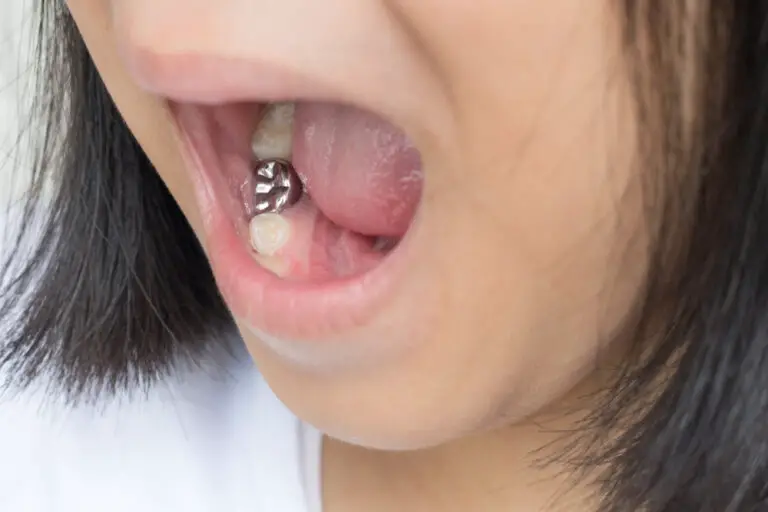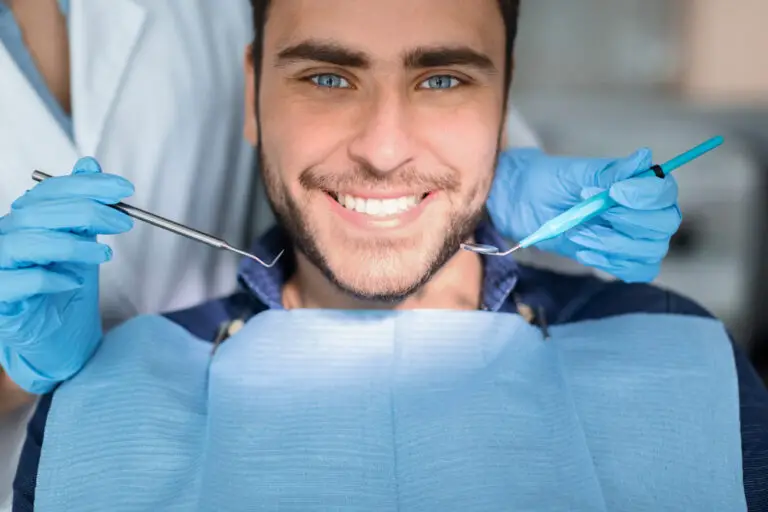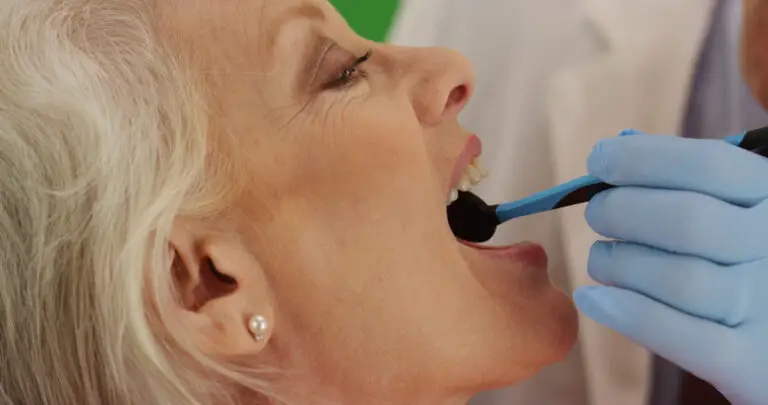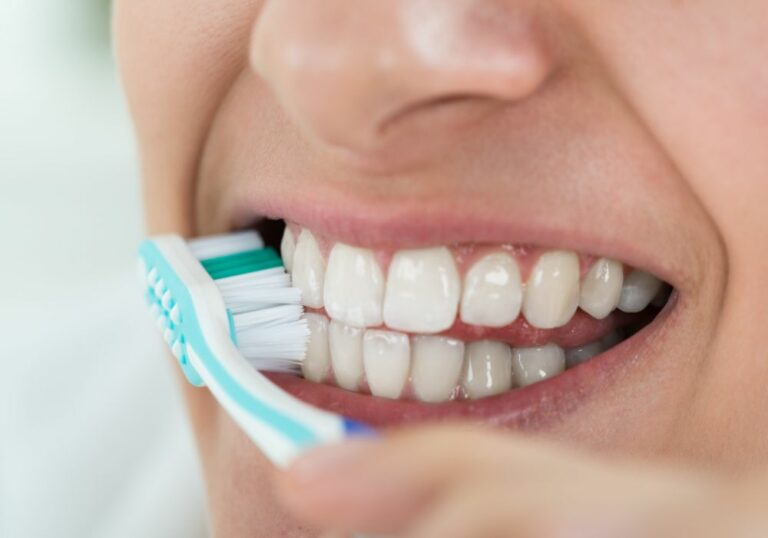Everyone has to go to their trusted dentist for a routine cleaning at least once every six months. But did you know that your pet dog should get dental cleanings, too? Yes, cleanings are just as important for you as they are for your fur baby.
And while dental cleanings don’t usually leave your dog in any pain, you still need to practice the right aftercare to keep their teeth and gums healthy while they’re still sensitive. That means feeding your dog treats that are safe for them and won’t aggravate any soreness in their gums.
In this article, we’ll share with you what to feed a dog after dental cleaning to keep their sensitive teeth and gums feeling comfy. We’ll also share some important oral hygiene tips to maintain your pet’s clean, strong, and healthy teeth post-cleaning treatment.
Why Do Dogs Need Dental Cleanings?
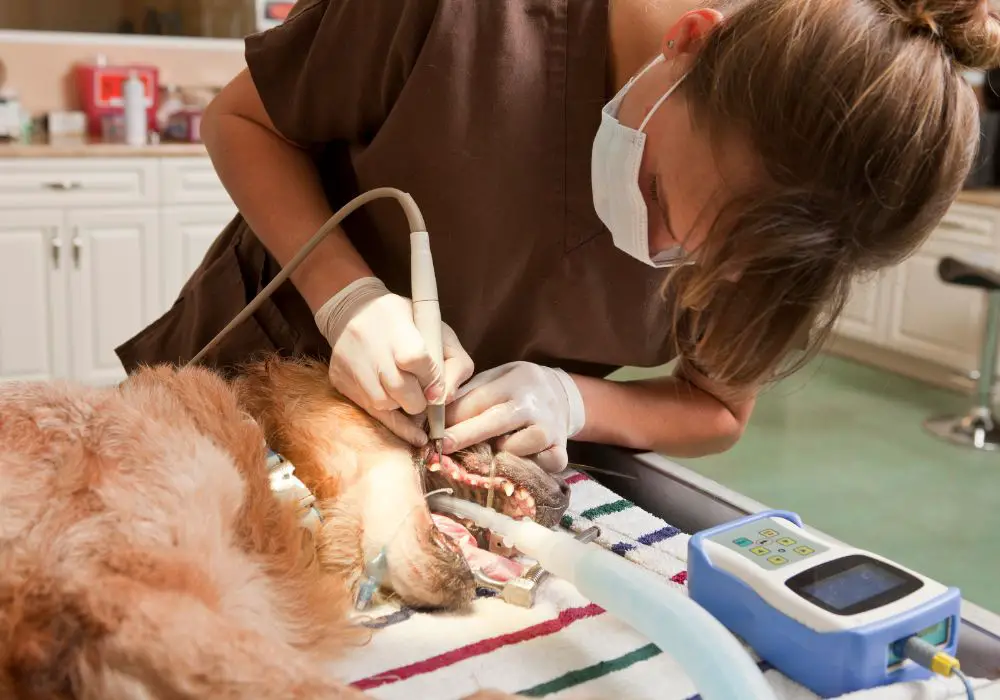
Just like people, dogs can also be susceptible to the buildup of plaque and tartar on their gums and teeth. This buildup can lead to tooth decay, cavities, and bad breath. When the tartar hardens right underneath the gums, it can lead to periodontitis, aka gum disease.
The scary thing about dogs getting periodontitis is that they won’t be able to express how painful and uncomfortable it is. The only time symptoms start to show is when the infection is already severe. To prevent this, bring them to your veterinarian for a cleaning once a year.
A cleaning treatment for a dog is quite similar to that of a human. But the biggest difference is that dogs are put under general anesthesia. The medication is administered via IV so that it goes straight into their bloodstream, putting them in a deep, relaxing sleep.
This allows the veterinary dentist to work on every crevice of their teeth and gums without your dog feeling scared and anxious about the unfamiliar procedure.
Want to see how the entire cleaning process goes for dogs? Check out how professional veterinary dentists carefully give this dog a thorough dental cleaning after sedating her with anesthesia:
How Soon Can You Feed Your Dog After a Dental Cleaning?
Veterinary dentists usually instruct dog owners to put their pets on a fast right before their cleaning. So, by the time their dog wakes up from their sedation and the anesthesia wears off, they’ll be quite hungry. But how soon are they allowed to eat after their dental cleaning treatment?
Your vet will give you clear instructions about when to feed your dog after their cleaning. It’s important that they regain full consciousness and alertness before feeding them, or else they might be nauseous after eating too soon.
Wait a few hours until your dog has their high alertness level back again. Then, start by giving them some water. It’s important not to feed them solid food right away. Monitor how they react to drinking water first before gradually introducing an easy-to-digest snack later on.
If your dog doesn’t have any bad reactions to the water, you can feed them a small meal of soft food. Make sure to only give them a quarter or half of the size of their usual meals. You can reintroduce full, hearty meals the following day.
What Kind of Food Should You Feed Your Dog After a Cleaning?
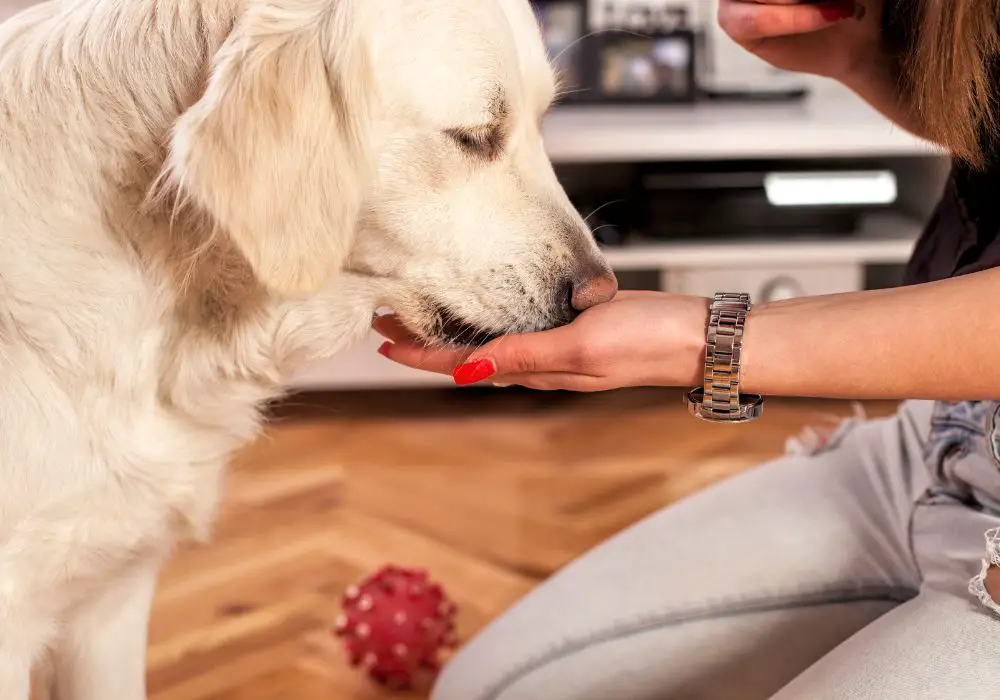
Your vet will likely instruct you to feed your dog only soft, easily digestible food for the next day or two. After a cleaning, your dog’s gums might feel extra sensitive. Don’t aggravate the soreness they might feel by feeding them hard foods.
Dogs can’t verbally express that they are in pain from their cleaning. They might not even realize that the cleaning caused the strange soreness they feel in their mouth. And when they get hungry, they’ll eat anything you give them without thinking of the effect on their recuperating gums.
So, it’s up to you to be conscious of what you feed your dog. Here are the three kinds of foods you’re allowed to feed them when they’re fresh from a dental cleaning:
1. Soft, wet versions of their dog food
The first kind of food you should get them in the days following their cleaning is soft and wet dog food. If you usually feed them solid dog food, switch it out for wet, canned dog food from your favorite brand. If your dog loves to eat dry kibble, pour warm water over it to soften it up.
Hard food can be bad for your dog’s teeth and gums right after a teeth cleaning. Soft food makes it easier for your dog to chew and get all the nutrients they need without aggravating the soreness they might feel in their gums.
This is especially important for dogs who had a deep cleaning because tartar was already stuck under their gum line.
2. Healthy, easily digestible home-cooked meals
If your dog is on an organic diet, feed them homecooked meals with soft textures. These include cooked, tender meats and vegetables that were steamed long enough to make them easy to mash. Make sure not to add salt and other seasonings to these cooked foods.
Some meals that you can easily prepare for your dog include boiled skinless chicken and rice, mashed potatoes, bashed carrots, and very soft pasta. You can also give them doggie ice cream made of yogurt, unsweetened peanut butter, and mashed bananas.
3. A dental diet prescribed by their veterinary dentist
If your vet sees that your dog is vulnerable to dental issues like gum disease, they might prescribe a dental diet for them. These diets help manage your dog’s most pressing oral health issues. Each one is tailor-fit for your dog’s unique case.
For example, dogs that chew too hard and grind their teeth must be fed primarily soft foods to prevent tooth abrasion. Dogs that accumulate plaque and tartar quickly might be put on a low-sugar diet to keep tooth decay, tartar build-up, and cavities at bay.
Other Tips for Caring for Your Dog’s Oral Hygiene
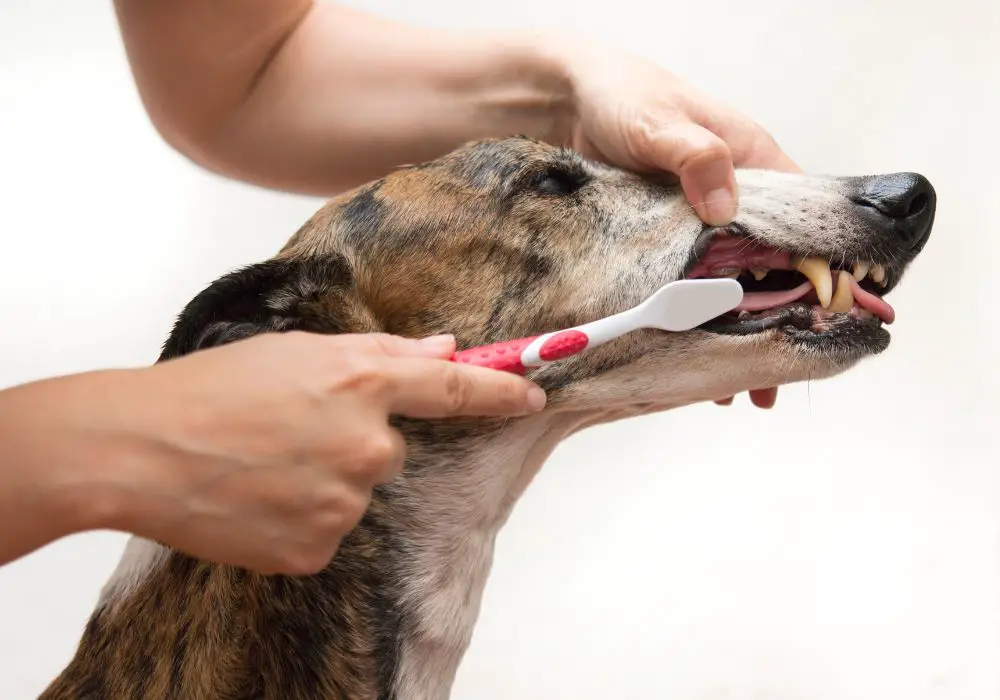
Once your dog feels better from their cleaning and is back to eating their favorite food, you still need to look after their oral hygiene as a responsible owner. No matter how busy you are, it’s important to ensure that your pet’s teeth are in tip-top condition.
Here are our most important tips when it comes to caring for your dog’s oral health. Follow them to a T, and your dog might never have to struggle with gum disease as a result of too much plaque in their teeth and gums.
1. Brush their teeth regularly
First, brush their teeth with a toothbrush designed for dogs. This can wash away food debris and bacteria clinging to your dog’s mouth. It’s best to do this daily, but a couple of times a week is good too.
Remember to use dog toothpaste for them. These toothpastes come in different flavors such as chicken and peanut butter. Never use human toothpaste on dogs, as the ingredients can be toxic for them. If you use human toothpaste on dogs, they can suffer from fluoride poisoning.
2. Give them dental chews
Swap out their hard, unhealthy treats for dental chews, which are way better for their teeth. Not only will they give your beloved fur baby something to happily munch on when they’re hungry, but the dental chews can also reduce tartar buildup in their teeth and gums.
Giving them dental chews is also better than allowing them to chew on hard toys that can damage their teeth. Try to switch those out to softer chew toys if your dog has issues with teeth grinding and abrasion.
3. Make sure they stick to a healthy diet
As with humans, dogs that eat too much sugar can be vulnerable to tooth decay and cavities. That means having to go back to the dentist for frequent cleanings and maybe even fillings and other treatments. To prevent that from occurring, put them on a healthier diet without too much sugar.
Stick to healthy food that is low in sugar and starch. Proteins like chicken, beef, and fish are excellent for this. Dog food with excellent nutritional value makes for a good option as well.
Conclusion
By feeding your dog soft, easy-to-digest food right after their cleaning, you can help them feel more comfortable as their sensitive gums start to heal and recuperate. Whether you feed them wet dog food or homemade mashed potatoes, it will be very good for their teeth and gums.
If your dog follows a special diet, make sure to double-check with your vet what kinds of foods they recommend feeding your fur baby. Try your best to tailor-fit your soft diet menu for them to keep them happy and with a healthy appetite after their dental procedure.
In a few days, your beloved dog will be able to eat their favorite food again. But in the meantime, don’t give in to their cuteness when they beg for a treat. Give them only soft food to munch on. They’ll thank you later!

